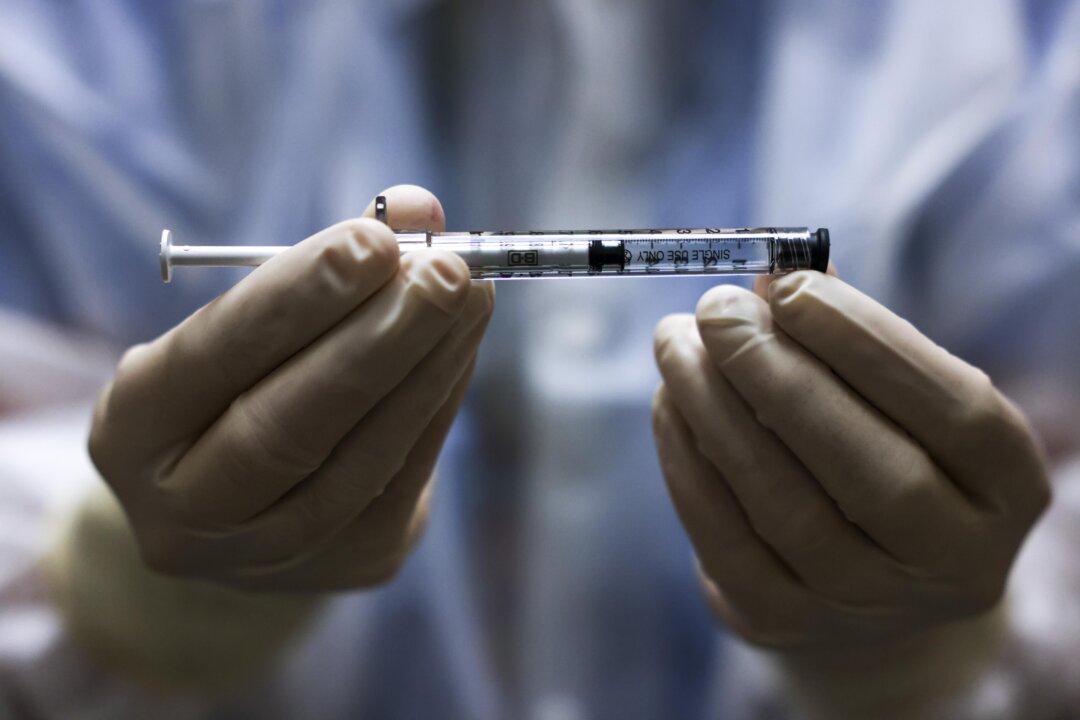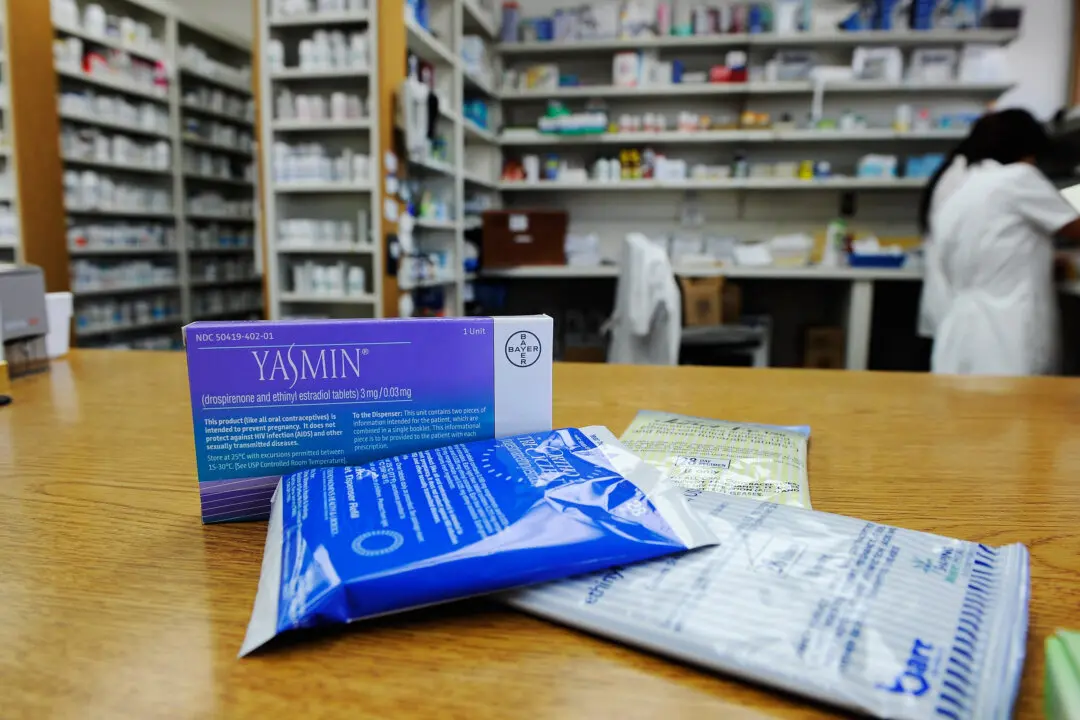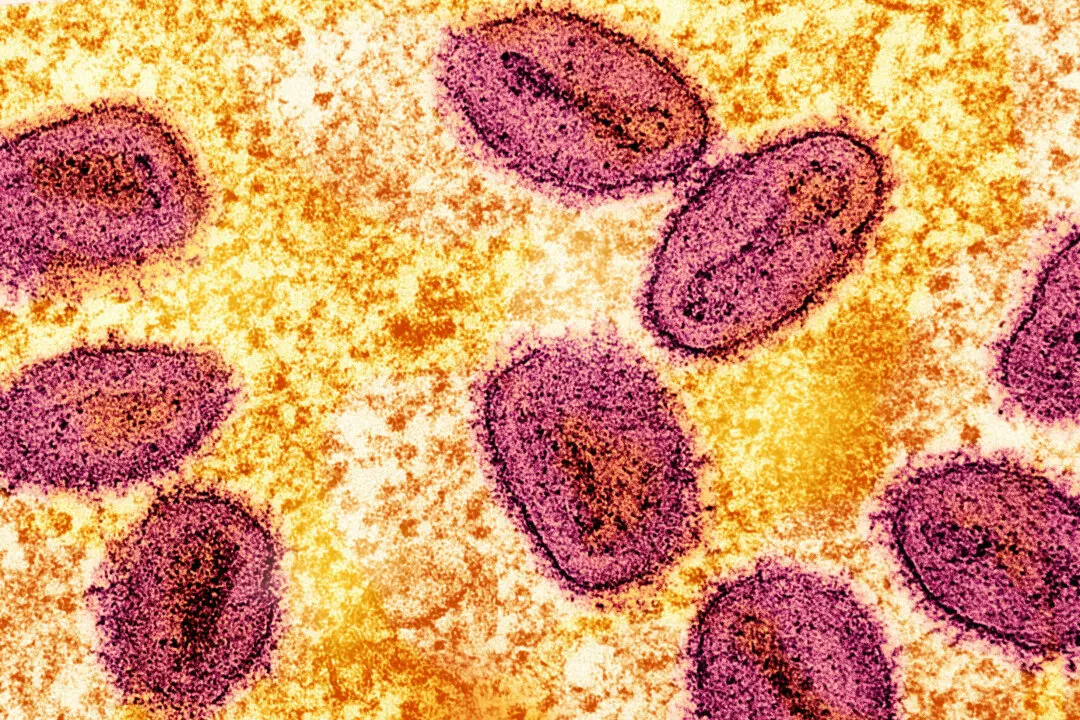People who received COVID-19 vaccinations were more likely to develop Bell’s palsy than those given a placebo, according to a review of multiple studies.
The review, published in the JAMA Network journal on April 27, looked at whether rates of Bell’s palsy were different between those who received a COVID-19 vaccination and those who were given a placebo.





